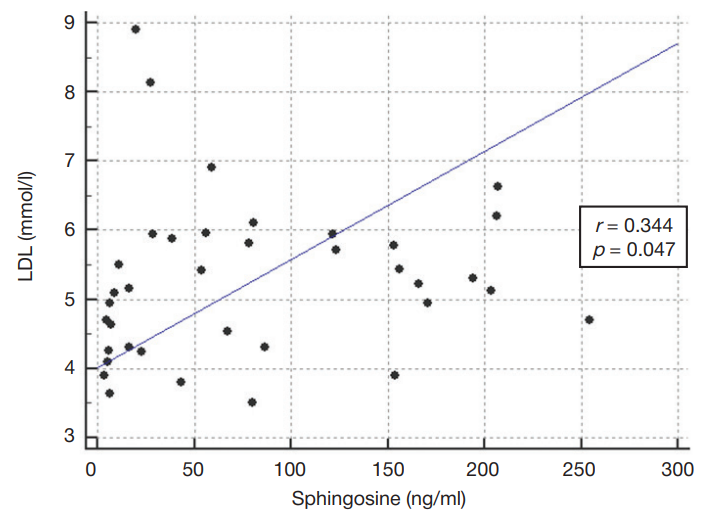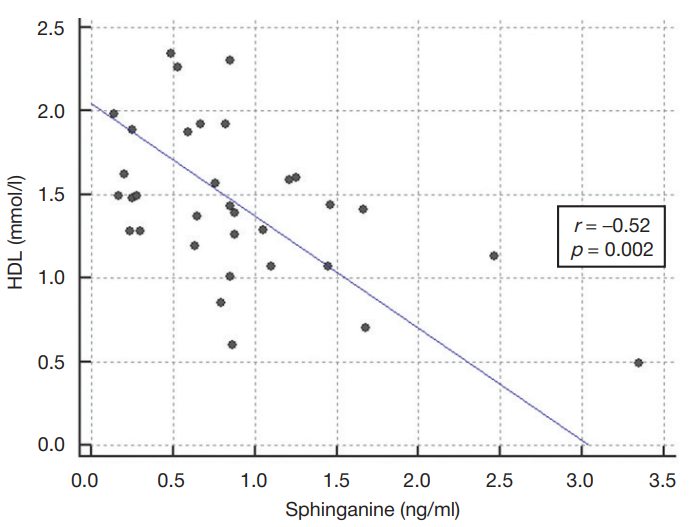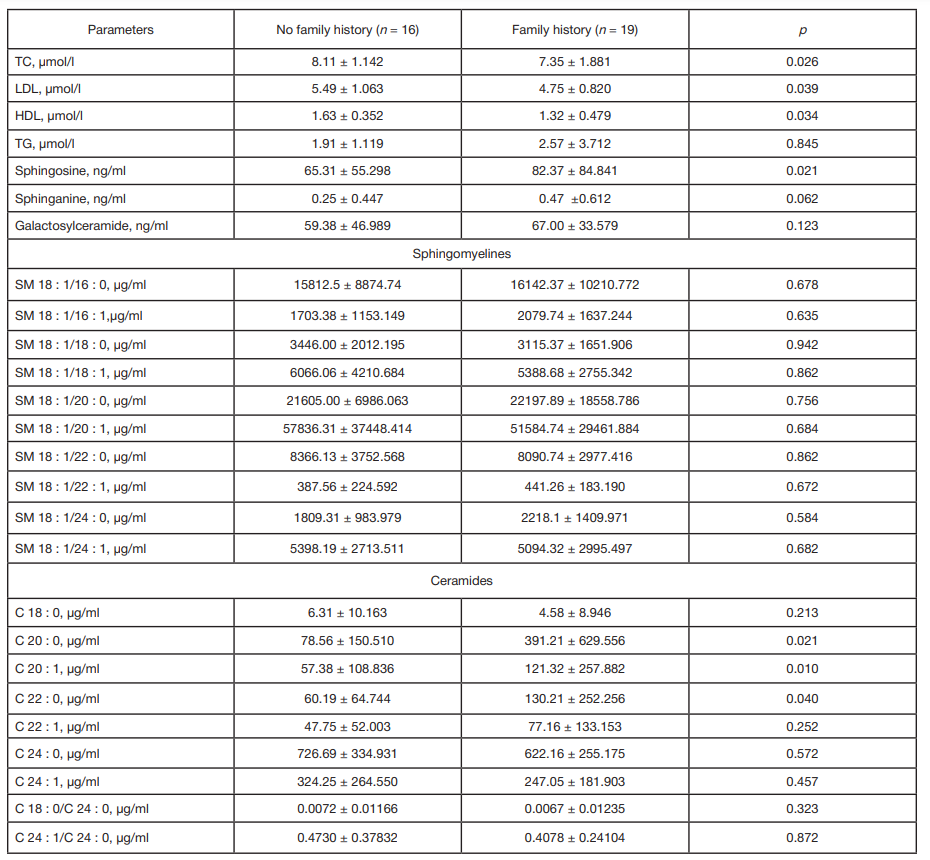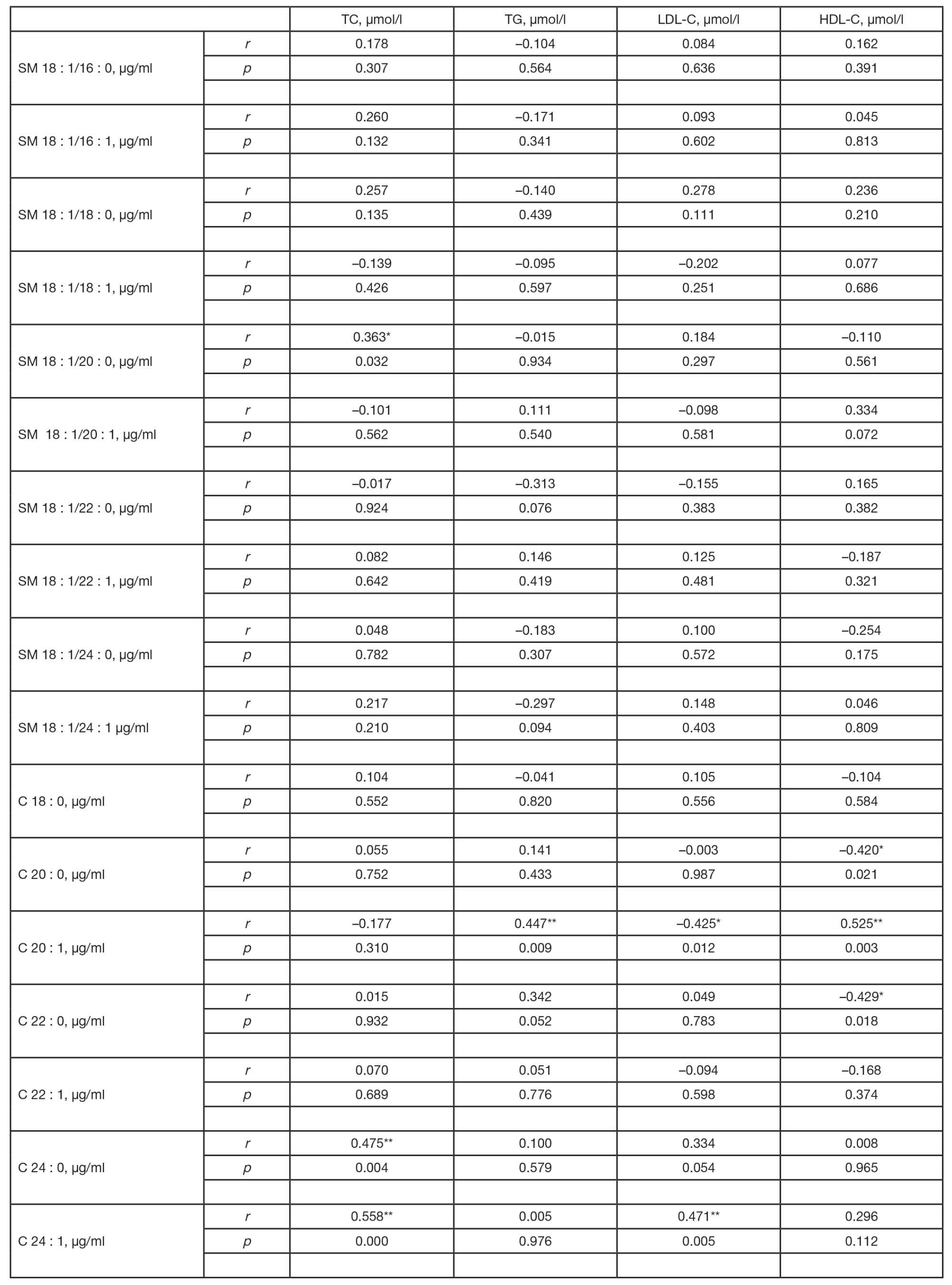
This article is an open access article distributed under the terms and conditions of the Creative Commons Attribution license (CC BY).
ORIGINAL RESEARCH
Lipidome features in patients with different probability of family hypercholesterolemia
1 Central State Medical Academy of the Department of Presidential Affairs of the Russian Federation, Moscow, Russia
2 City Clinical Hospital № 51, Moscow, Russia
3 Emanuel Institute of Biochemical Physics of the Russian Academy of Sciences, Moscow, Russia
4 Lomonosov Moscow State University, Moscow, Russia
Correspondence should be addressed: Larisa O. Minushkina
Filevsky Boulevard, 36–19, Moscow, 121601; ur.liam@anikhsunim
Funding: RFBR grant 19-04-00870А Sphingolipidome Analysis of Cardiovascular Diseases’ Markers.
Author contribution: Rogozhina AA — sampling, data acquisition; Minushkina LO — data analysis, text writing; Zateyshchikov DA — planning, data analysis, manuscript writing; Alessenko AV — project manager; Gutner UA, Shupik MA, Maloshitskaya OA and Sokolov SA — sample preparation, laboratory analysis, data analysis; Kurochkin IN — data analysis.






